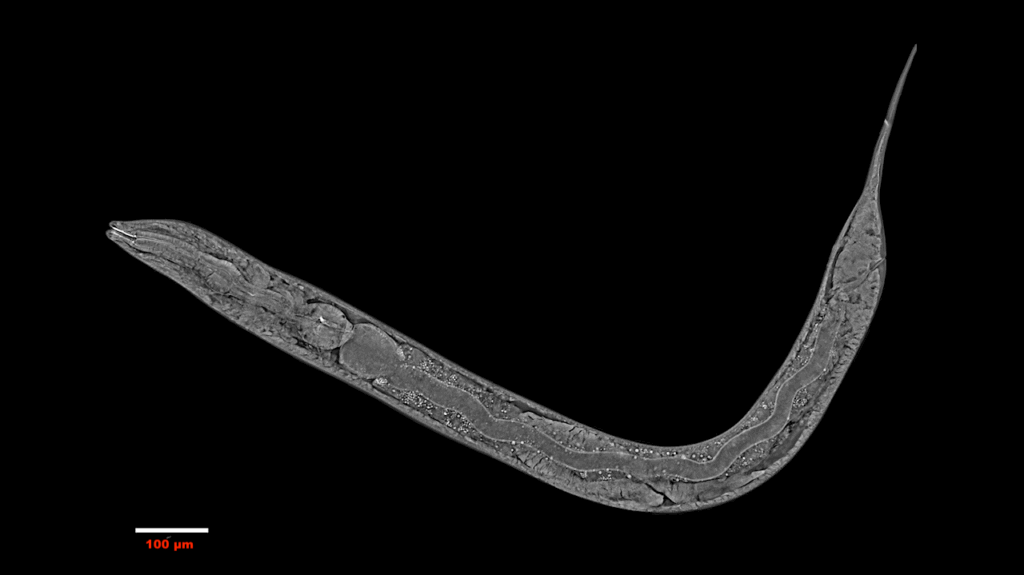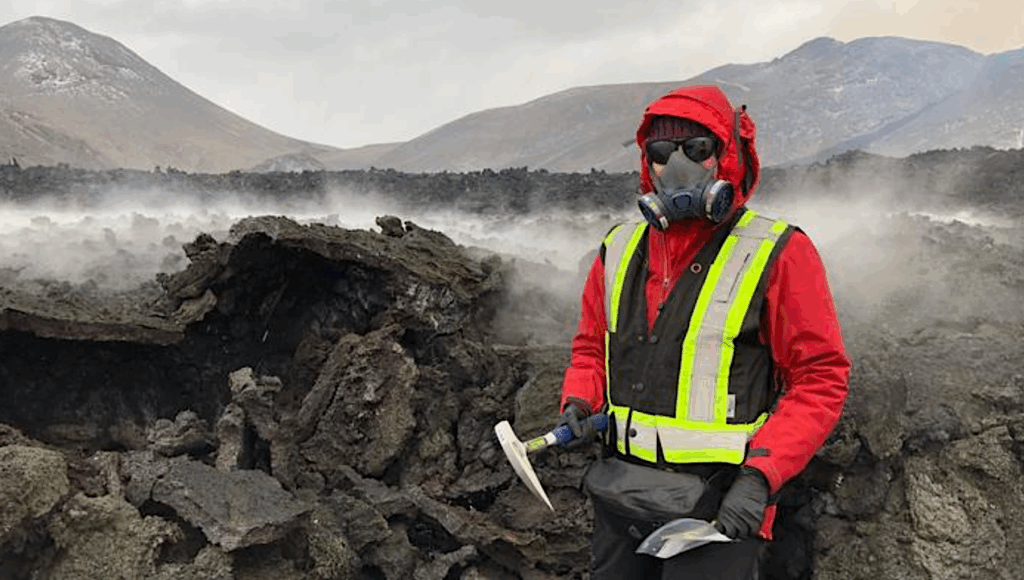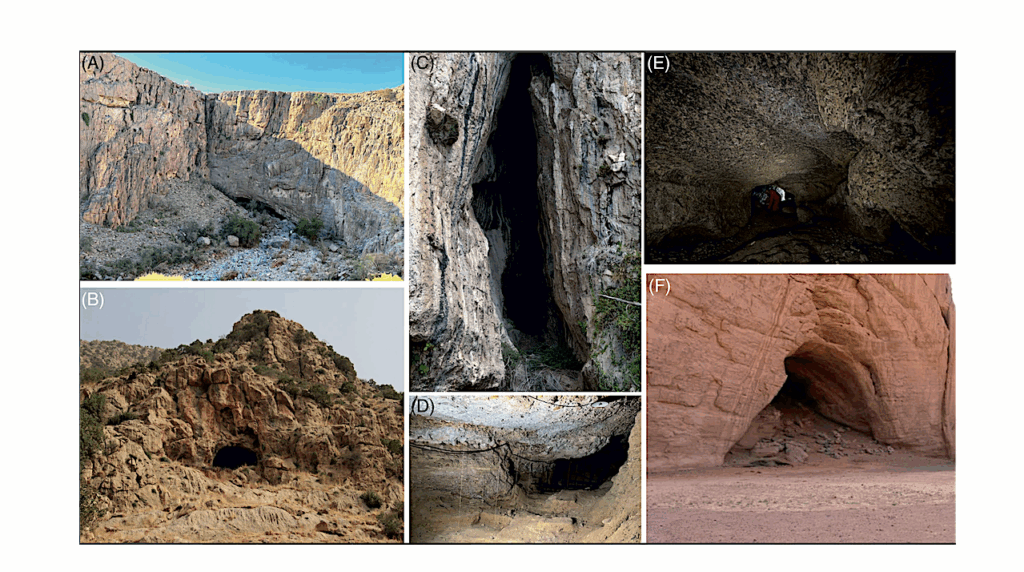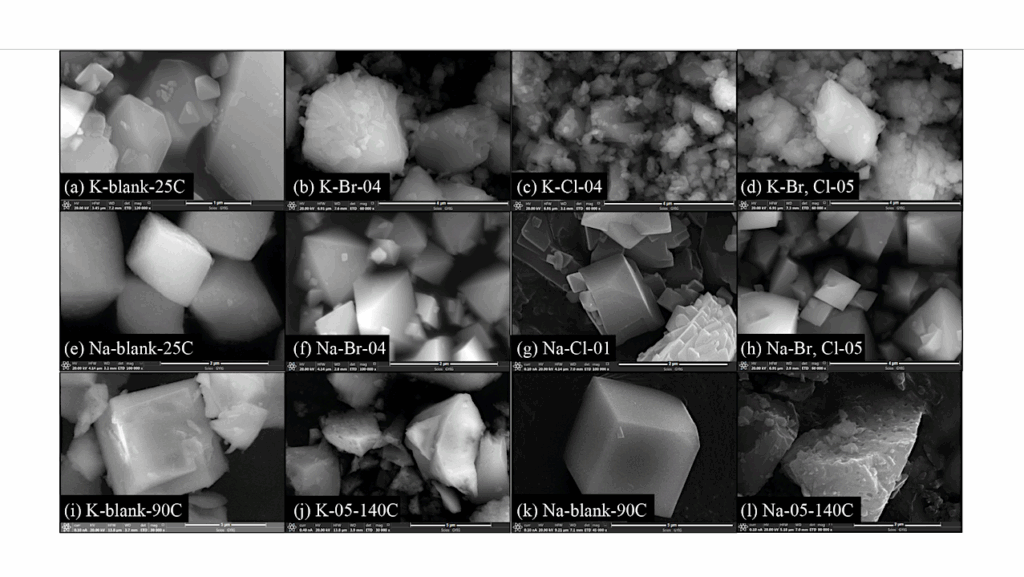Mars Revisted
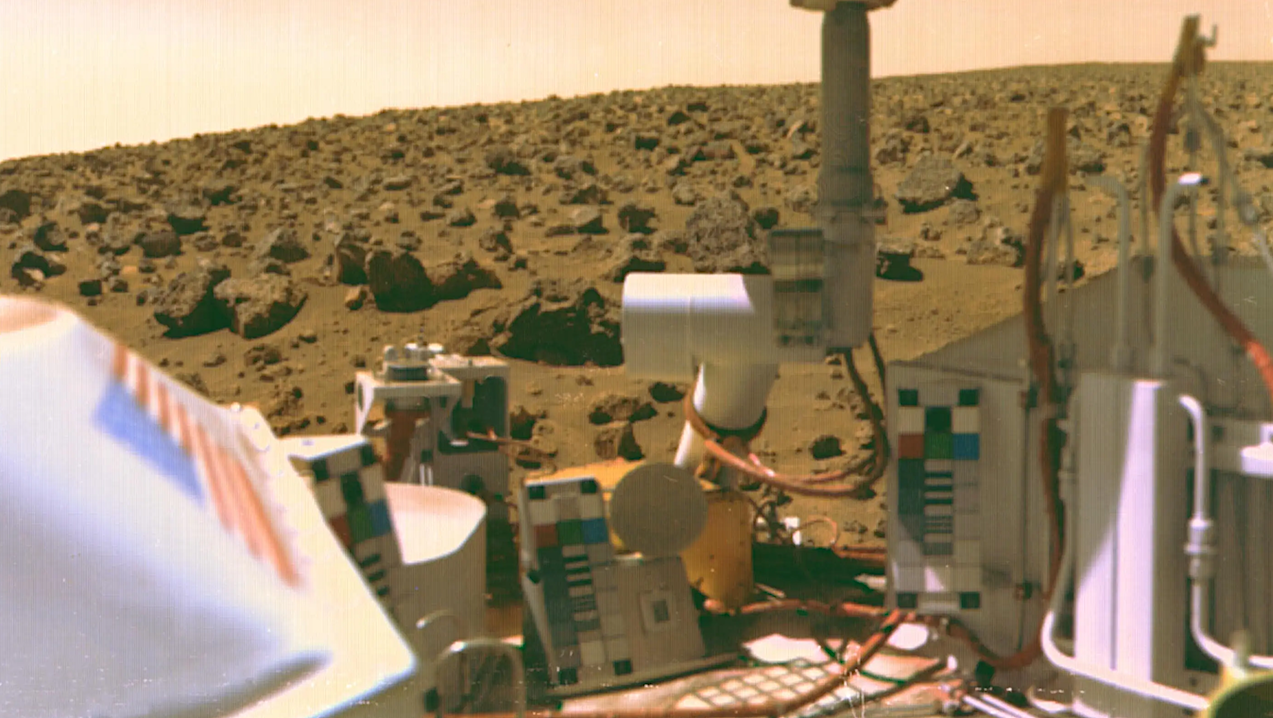
To Bruce Jakosky, life’s demonstrated ability to weather almost anything Earth can dish out makes a strong argument that life probably does exist elsewhere in the universe. One likely spot, he suggested, is an old favorite: Mars.
Given the fertility of our collective imaginings about the red planet over the years, Jakosky, professor of geology at the University of Colorado at Boulder and a member of the Laboratory for Atmospheric and Space Physics there, wisely began his talk with a few ground rules. His first slide was a cover from the tabloid Weekly World News, with a prominent photo of a shiny silver saucer hovering above a line of trees. “This,” he said with deadpan aplomb, “is what I’m not going to talk about.”
Mars, Jakosky went on to acknowledge, is a stone that’s already been turned. Twenty-four years ago, two Viking landers touched down on the planet’s surface, dug some soil samples, and headed home. Subsequent analysis turned up no trace of organic molecules, the bare-minimum evidence that would have pointed toward life. The search for extraterrestrials was dealt a stinging setback. But recent findings here on Earth, Jakosky said, warrant taking a second look. “Over the last couple of decades, our understanding of terrestrial life has evolved dramatically.
First of all, we know now that life originated quickly.” Earth’s early history, he explained, was exceedingly violent, with frequent catastrophic bombardments by asteroids not letting up until about four billion years ago. “Not until then could life have gained a foothold.” Yet carbon-dating evidence shows that life was already firmly established by 3.8 billion years ago. “Life sprang up almost overnight once the right conditions were present,” Jakosky concluded. “To me, this suggests that anywhere these same conditions exist, the odds are good that life could be – and probably is.”
Second, he said, “We’ve found out that life on Earth is incredibly robust and capable,” existing not only in surface hot springs and around thermal vents but deep within the planet’s interior. “Twenty years ago we didn’t know about life below the surface. Today we think that half of Earth’s biomass exists there, inside rocks. We were missing half of the life on Earth!”
In short, “Life doesn’t require much for its support,” Jakosky said. The basic necessities are only three: a liquid medium, an energy source, and the presence of a few choice elements. Here on Earth that means water, sunlight, and an atmosphere shot through with carbon, hydrogen, nitrogen, and oxygen. “Of these elements,” Jakosky said, “carbon is probably the most important,” not just because of its abundance – it exists all over the universe – but also because of its versatility. “Carbon combines with oxygen to form a gas – carbon dioxide – that can be dissolved in water, so it’s transportable. It can precipitate out and be stored as limestone when it’s not needed. People ask, ëDoes life have to be carbon-based? What about silicon?’ But carbon is so much more capable.”
Does Mars meet the three basic criteria? From this distance, it’s difficult to say. But “we can learn a lot,” Jakosky said, “by looking at pictures.” Present-day Mars is much colder than Earth, too cold to sustain liquid water on its surface. But photographs depicting what looks like erosion of crater rims and other features suggest that abundant water has been present there even very recently. Other photos show networks of branching lines that look like river tributaries; still others, broad channels up to 100 kilometers wide. “That’s an hour’s drive here on Earth. That much water couldn’t have come from just rainfall; there must have been some catastrophic release.” Yet tracked to their sources, these channels reveal nothing. “It looks like water burst forth from beneath the crust,” Jakosky said. “Almost certainly there is still water down there.”
What about an energy source? Granted, the sun is too far off to power Earth-style photosynthesis, but geochemical energy – from volcanoes, and even from mineral weathering – is a viable alternative, Jakosky suggested. He showed a picture of Olympus Mons, a volcanic Martian peak that is twice as tall as Earth’s Everest, with a summit area 100 kilometers across. “With volcanism and liquid water,” he said, “there’s a possibility of hydrothermal vents, like the ones we see at Yellowstone.”
As for those life-building elements – carbon, hydrogen, oxygen, and nitrogen – they are all present in the Martian atmosphere. According to the recent Pathfinder mission, magnesium, iron, aluminum, and phosphate – all potential role-players, as well – are components of Martian rocks. “So life could have originated on Mars,” Jakosky said. “That doesn’t mean that it did, or that it’s there now. But it’s reason enough to look.”
Oh, and there’s one more reason: whatever it is that’s embedded in the small set of Martian meteorites that have been recovered over the last 20 years. From a pocket Jakosky produced a sliver of dark mineral cased in clear plastic, and held it aloft. “This is part of one of about 15 rocks that have been picked up on the Antarctic ice sheets,” he said, “where if you find a rock, the only place it can have come from is out of the sky. These rocks are young, volcanic, which means they came from a planet with recent geologic activity: Earth, Venus, or Mars.” Gases trapped within the samples show that they’re unearthly: there’s not enough oxygen present for them to have been trucked down from New Zealand, say. More positively, the levels of argon, xenon, and krypton are identical to what is present in the Martian atmosphere – “and nowhere else,” Jakosky said. “If these rocks didn’t come from Mars, we don’t know anything about the solar system.”
In 1996 NASA created a splash by reporting that one of the Martian meteorites, known as ALH84001 (for its discovery in the Allan Hills region of Victoria Land, in 1984), contains some rather interesting tidbits. Lodged within limestone deposits formed in cracks in the rock were tiny tube-shaped structures that just might be fossilized life-forms. Make that extremely tiny: The largest of them is less than 1/100th the width of a human hair. “Nano-fossil-like structures,” NASA has called them. “They look like terrestrial bacteria, except they’re a thousand times smaller” in volume, Jakosky said. Apparently they formed, whatever they are, the same way fossils occur in limestone on Earth. But could they really be remnants of life?
“We don’t have enough data to tell,” Jakosky said. Researchers at Johnson Space Center, he noted, have also identified organic molecules in ALH84001 and some of the other fragments: polycyclic aromatic hydrocarbons, to be precise. “These could be precursors of life, but they are also typical of decay products from the earthly combustion of fossil fuels.” They could be simple contamination, in other words. Again, “We will only find out by getting more samples from the Martian surface and bringing them back to study.”
The chief difference between now and the Viking mission days, Jakosky said, is that, “We know better what to look for now. Twenty years ago, we didn’t know to look for hydrothermal vents.” He and his colleagues at NASA also have a better idea of where to look: “In river channels and canyons, places where there has been liquid water.” Or at crater rims, some of which appear from photographs to be rimed with ice.
“It’s possible that we won’t find any evidence of life,” Jakosky said. “But that would also be an important result. It would lead us to question again what we have learned about life’s origin here on Earth.”
Credits
“Astrobiology: Looking for Life in the Universe,” the 2000 Penn State Lectures on the Frontiers of Science, was organized by the Eberly College of Science and sponsored by the pharmaceutical company Pfizer Inc. The series of six lectures took place on consecutive Saturday mornings from January 22 through February 26, 2000, on the Penn State University Park Campus. This special report was funded by the Penn State Astrobiology Research Center, the Pennsylvania Space Grant Consortium, the Education office of the NASA Astrobiology Institute, Pfizer Inc., and the Eberly College of Science. It was written and produced by Research Publications in the Office of the Vice President for Research, Penn State University, 320 Kern Graduate Building, University Park, PA 16802; 814-865-3477; [email protected].
The Penn State Astrobiology Research Center, directed by Hiroshi Ohmoto, Ph.D., professor of geosciences in the College of Earth and Mineral Sciences, is one of 11 lead members of the NASA Astrobiology Institute. PSARC is affiliated with Penn State’s Life Sciences Consortium, the Environment Institute, and the Pennsylvania Space Grant Consortium. For more information, contact PSARC at 814-863-8761, or [email protected], or see http://psarc.geosc.psu.edu.


